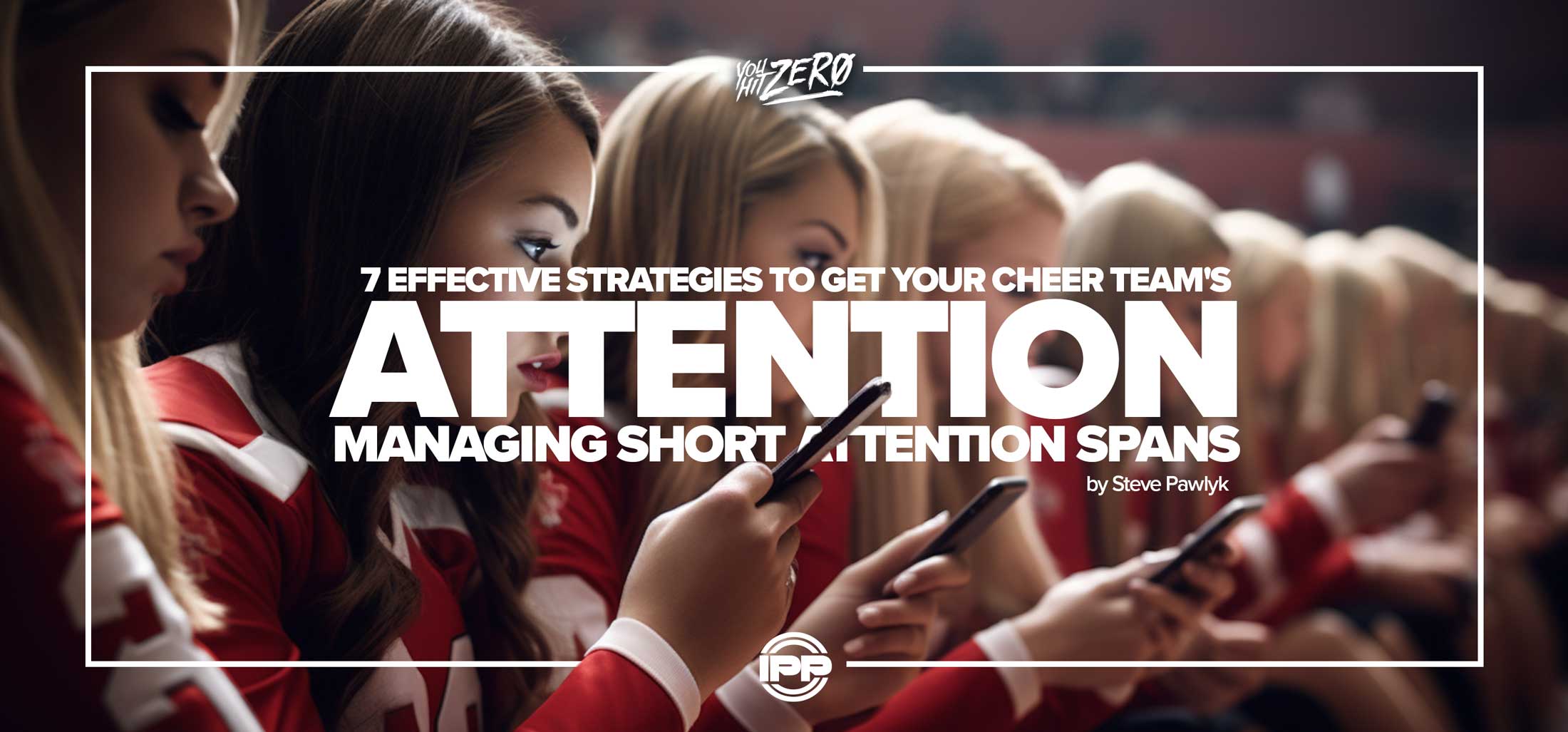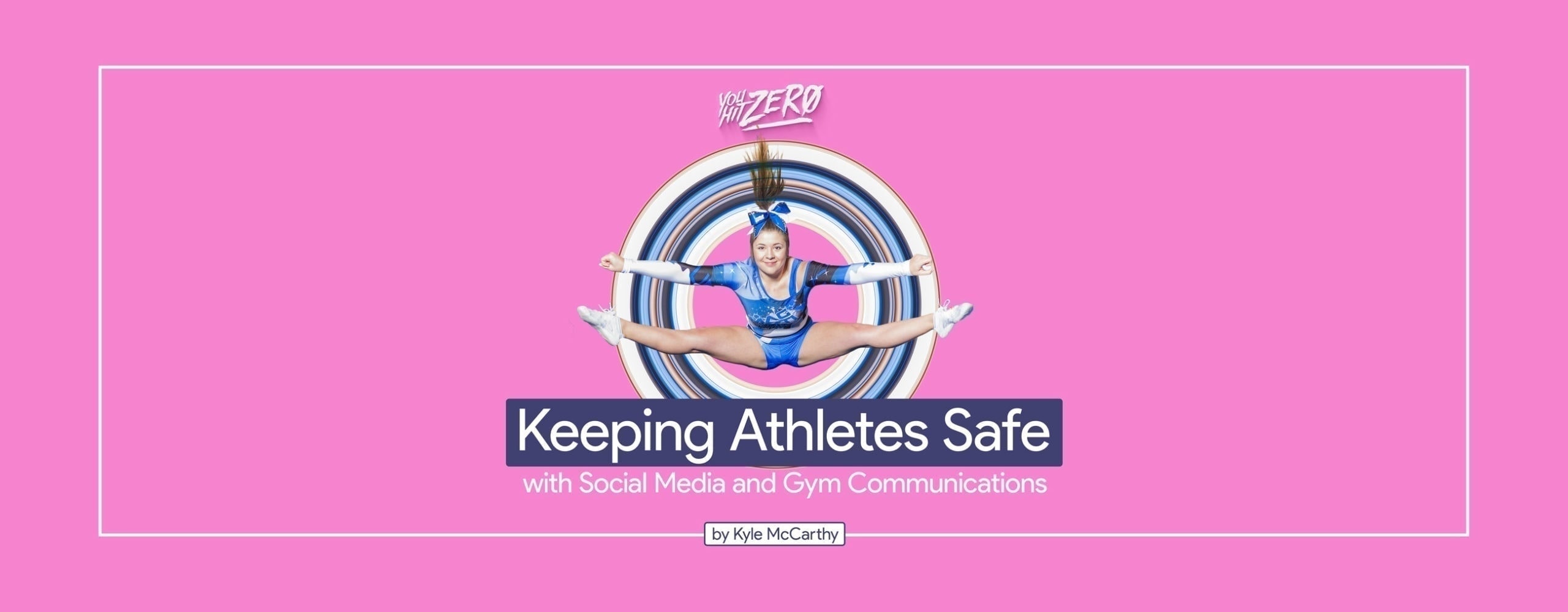By Steve Pawlyk
Published August 1, 2023
One of the key challenges for any cheerleading coach is maintaining the focus of their young athletes. With so much talent and energy in one place, it’s not uncommon to find short attention spans and distractions taking over practice. But fear not! We have some effective strategies that can help you create a more structured environment and ensure your cheerleading team stays on point.
-
Establish Clear Expectations
Before the cheerleaders set foot on the mat, ensure they know what’s expected of them. From the moment they arrive at practice until they leave, outline the rules and enforce them consistently. Make it clear that practice time is for focusing, learning, and improving, and not for chatting or goofing around.
-
Use Positive Reinforcement
Praise your cheerleaders when they pay attention and perform well. This reinforcement boosts morale and encourages them to continue behaving in the desired way. Give shout-outs to those who show excellent focus, rewarding positive behavior, and others will strive to earn the same recognition.
-
Incorporate Interactive Teaching Methods
Sometimes, traditional teaching methods may not hold the attention of young, energetic cheerleaders. Try to incorporate games, challenges, or interactive drills that will engage them. The more fun they’re having, the more focused they’ll be.
-
Introduce Breaks
Attention spans can wane over time, particularly during long practices. Introduce short, regular breaks where the team can rest, hydrate, and socialize. This helps to recharge their batteries and allows them to refocus once the break is over.
-
Use Visual and Auditory Signals
Visual and auditory cues can be very effective in gaining and maintaining attention. Using a whistle, clapping your hands, or employing a visual signal like raising a hand can be a great way to grab the team’s attention instantly.
-
Set Goals and Monitor Progress
Setting goals gives the cheerleaders something to aim for and focus on. It could be mastering a new routine, improving stunts, or enhancing teamwork. Regularly check-in on these goals, track progress, and celebrate achievements. This helps maintain focus as cheerleaders will be more invested in their own development.
-
Be a Role Model
Lastly, the most effective way to get your cheerleaders to pay attention is to lead by example. Show enthusiasm, dedication, and focus, and your team will be more likely to mirror these traits.
Managing a team of talented cheerleaders with short attention spans is a challenge, but with a combination of clear expectations, positive reinforcement, engaging teaching methods, breaks, visual signals, goal setting, and exemplary behavior, you can create a more structured and focused practice environment. Remember, every cheerleader is unique, and what works for one might not work for another. Stay patient, flexible, and keep experimenting until you find the right mix that works for your team. Happy coaching!
IPP's Premade Mixes are USA Cheer Compliant and customizable! Add Sound FX, swap songs, & more! Add your Team Name to the mix for only $10!













